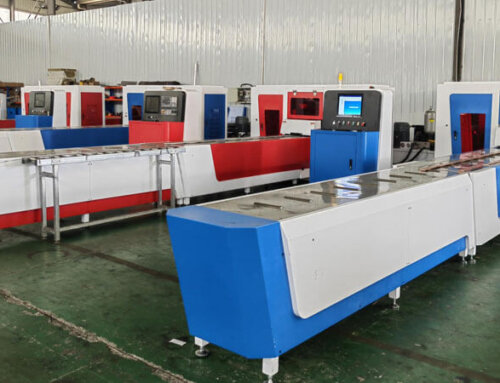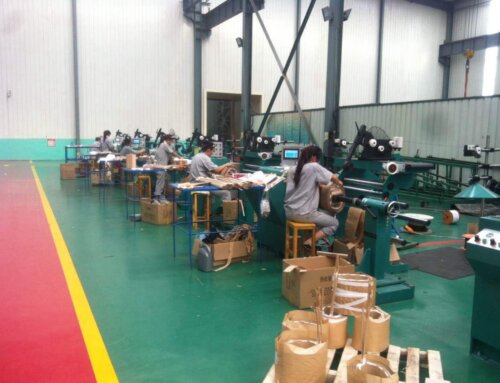distribution transformers refers to a static electrical appliance used in the distribution system to transform AC voltage and current according to the law of electromagnetic induction to transmit AC power. According to the voltage level, it can generally be divided into UHV (750KV and above), ultra-high voltage (500KV) transformers, 220-110KV transformers, and 35KV and below transformers. Distribution transformer usually refers to a power transformer that runs in the distribution network with a voltage level of 10-35KV and a capacity of 6300KVA and below to directly supply power to end users.
Distribution power transformer
A distribution power transformer is a static electrical device that is used to convert a certain value of AC voltage (current) into another or several voltages (current) with the same frequency. When the primary winding is energized with alternating current, alternating magnetic flux is produced, and the alternating magnetic flux passes through the iron core to induce an alternating electromotive force in the secondary winding. The level of the secondary induced electromotive force is related to the number of turns of the primary and secondary windings, that is, the voltage is proportional to the number of turns. The main function is to transmit electric energy, therefore, the rated capacity is its main parameter. Rated capacity is a customary value representing power. It is a representation of the size of the transmitted electrical energy, expressed in kVA or MVA. When a rated voltage is applied to the transformer, it is used to determine the rated current that does not exceed the temperature rise limit under specified conditions. The more energy-saving power transformer is an amorphous alloy iron core distribution transformer, the biggest advantage of which is that the no-load loss value is extremely low. Ultimately, whether the no-load loss value can be ensured is the core issue to be considered in the entire design process[2]. When arranging the product structure, in addition to considering that the amorphous alloy core itself is not affected by external forces, it is also necessary to accurately and reasonably select the characteristic parameters of the amorphous alloy in the calculation.
Distribution transformers are classified into oil-immersed transformers and dry-type transformers according to different insulating media; according to different voltage regulation methods, they are divided into non-excitation and on-load voltage-regulating transformers[4].
1 Oil-immersed transformers are divided into shell types:
1) Non-enclosed oil-immersed transformers: mainly include S8, S9, S10 and other series products, which are widely used in industrial and mining enterprises, agriculture and civil buildings.
2) Closed oil-immersed transformers: Mainly include S9, S9-M, S10-M and other series of products, which are mostly used in places where oily and chemical substances are abundant in the petroleum and chemical industries.
3) Sealed oil-immersed transformers: mainly BS9, S9-, S10-, S11-MR, SH, SH12-M and other series products, which can be used for power distribution in various places such as industrial and mining enterprises, agriculture, and civil construction.
2 Dry-type transformers are divided into insulating medium:
1) Encapsulated coil type dry-type transformers: mainly SCB8, SC(B)9, SC(B)10, SCR-10 and other series products, suitable for high-rise buildings, commercial centers, airports, stations, subways, hospitals, factories And other places.
2) Non-encapsulated coil dry-type transformers: mainly SG10 series products, suitable for high-rise buildings, commercial centers, airports, stations, subways, petrochemicals and other places.
Transformer manufacturing equipment foil winding machine, winding machine.







Leave A Comment